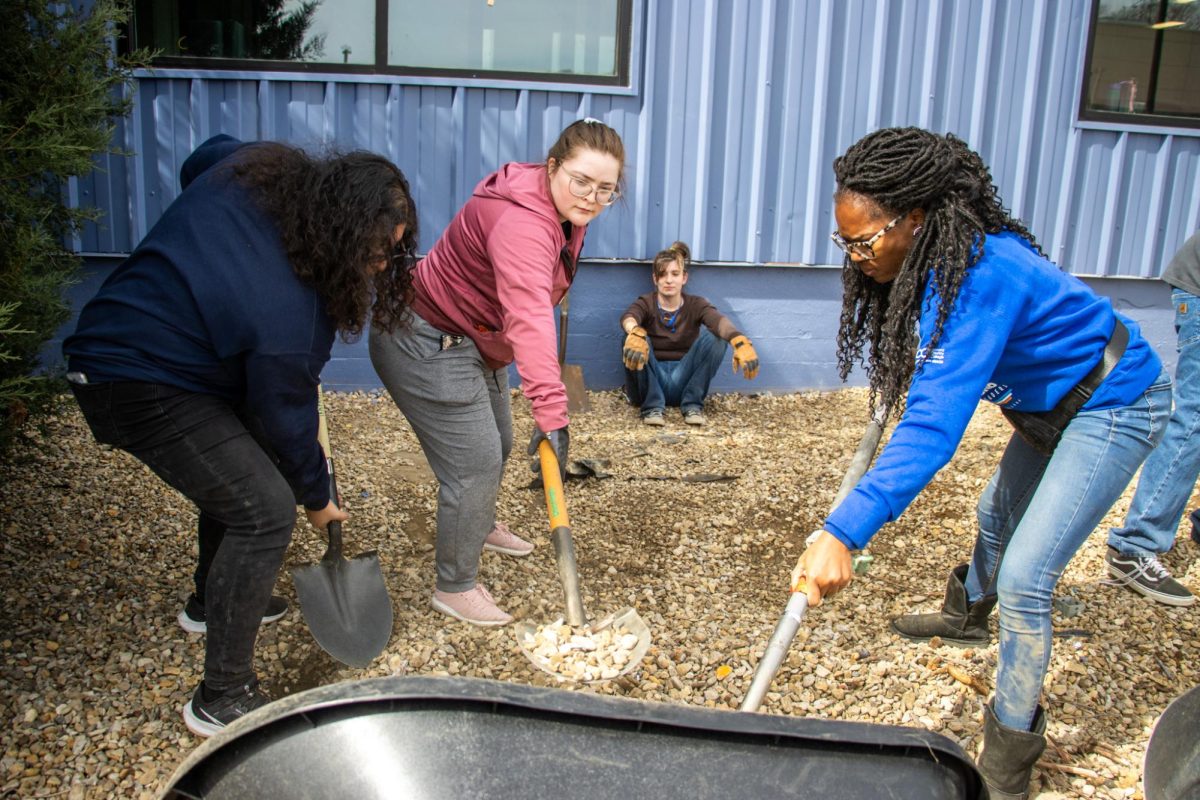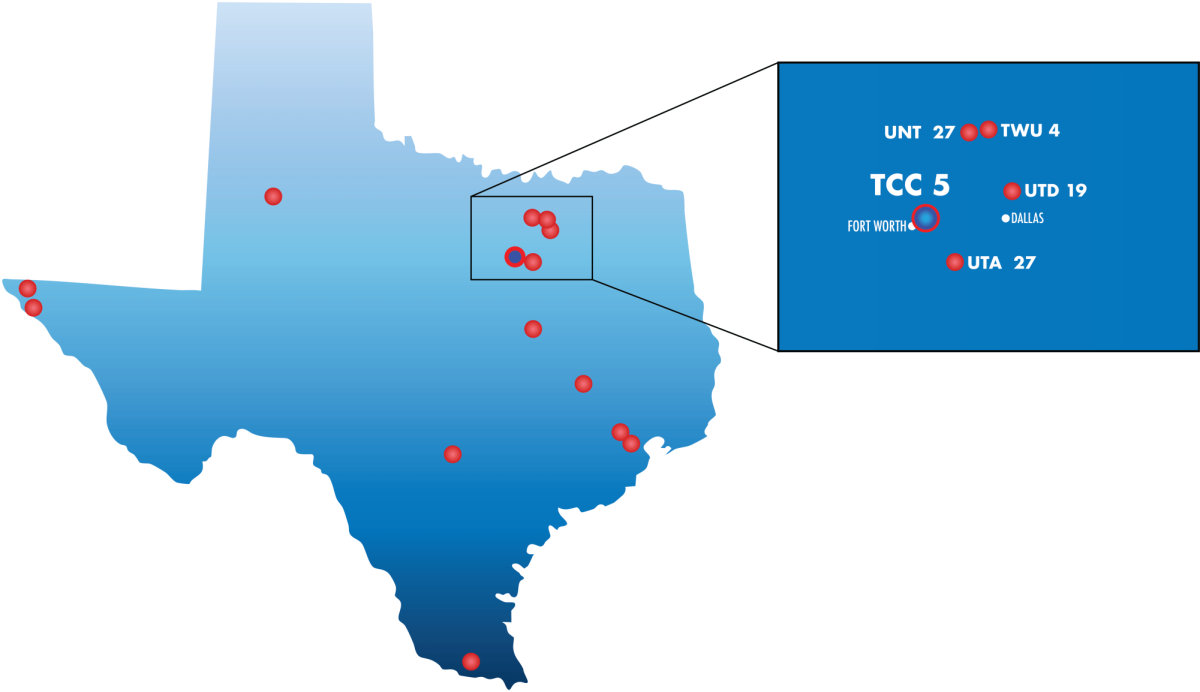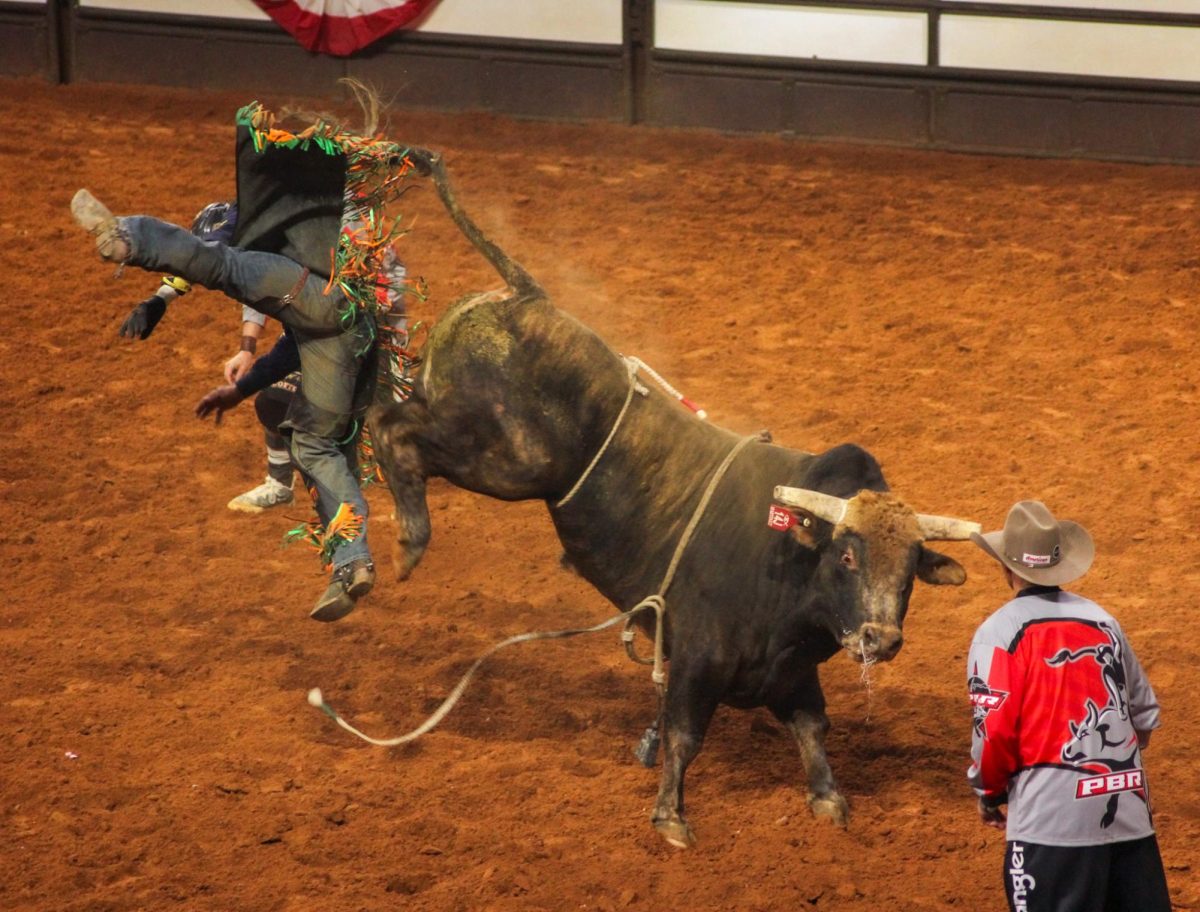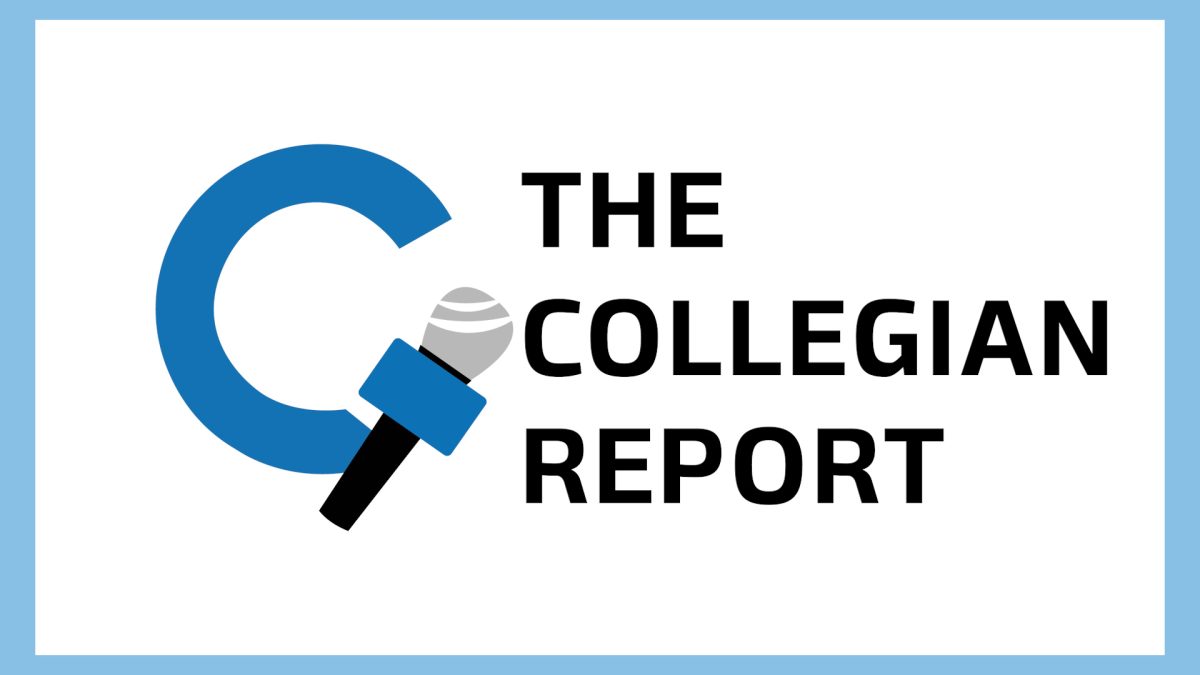Media sits at a very particular place, looking right over the edge of losing itself. One more step towards another sensational news story will send it right off the cliff.
The special pleasure of being in student media is watching and learning from big name newsrooms around the world, silently taking note of responses to certain stories and applying it to practice.
Because of that, it is important that now, more than ever, student media and professional media have to start taking a serious look at the news they are distributing.
The internet has made news accessible at the click of a button. Right now, news distribution is circulating in everyone’s back pocket at a constant flow and rate.
In a Pew Research study, it stated Facebook far outpaced any other social media in terms of news distribution. Around 31% of U.S. adults said they got their news from Facebook. YouTube, Twitter, Instagram and TikTok follow suit.
That’s how easy it is to find a news story.
The question that struck the newsroom, then, was how they were going to make their story the one that crosses the screen first?
Well, there were some solutions. And, in a time where the media’s business model was crumbling with reporter staff cuts to leave half an office empty, coming out on top was not optional.
So attractive, bold headlines dance across the blue light screen promising more information on the personal lives of influencers.
Consumer eyes slowly glossing over, they could now learn more about the morning ritual of an actor, swipe to see the branded products another swears on, tap to follow the drama between two famous individuals or try to find out what the little red circle is zooming in on a random spot of a photo with the caption, “You won’t believe what this is!”
Fighting to be the half in the office can compromise the integrity of reporting and news.
It’s sad to see, because this is likely not what anyone in the news wanted.
To be clear, the media is not evil. The goal is to keep the public properly informed on topics they don’t know about in their day to day and hold people in power accountable. However, The transitional period that media is in now creates a riff in priorities.
Because even today, well after the birth of the internet, news outlets are prioritizing one story after another.
The world saw it with the submarine full of billionaires and the weeks that followed neglecting to acknowledge that at the same time, a refugee boat had capsized. It puts into perspective where the attention and care were paid.
What does this mean for consumers?
It could mean engaging. The media wants to know what its consumers did or did not enjoy to better curate content. It reflects the clicks. Opening a conversation is important, as well, so there is a connection between the public and the media.
How does the newsroom respond to the push and pull of demanding media and news?
An option is bringing change with them and holding others accountable. Media is in a complicated place right now, but does not have to always be. Journalists pave the path for others. It has to be like that.
It is why the media follows a specific guide, the Associated Press style guide, which updates every two years. The world is constantly changing, and news is right on the tail of it. If the media does not adapt, it gets left behind.
This also means pushing against the norms set by older newsrooms. Members of the news must challenge what others believe is the way things must be.
It is a tricky situation, but it is not unmanageable. There is value in news and reporting. When done properly society is better informed to make decisions that are beneficial and nurture the success of humanity.






































